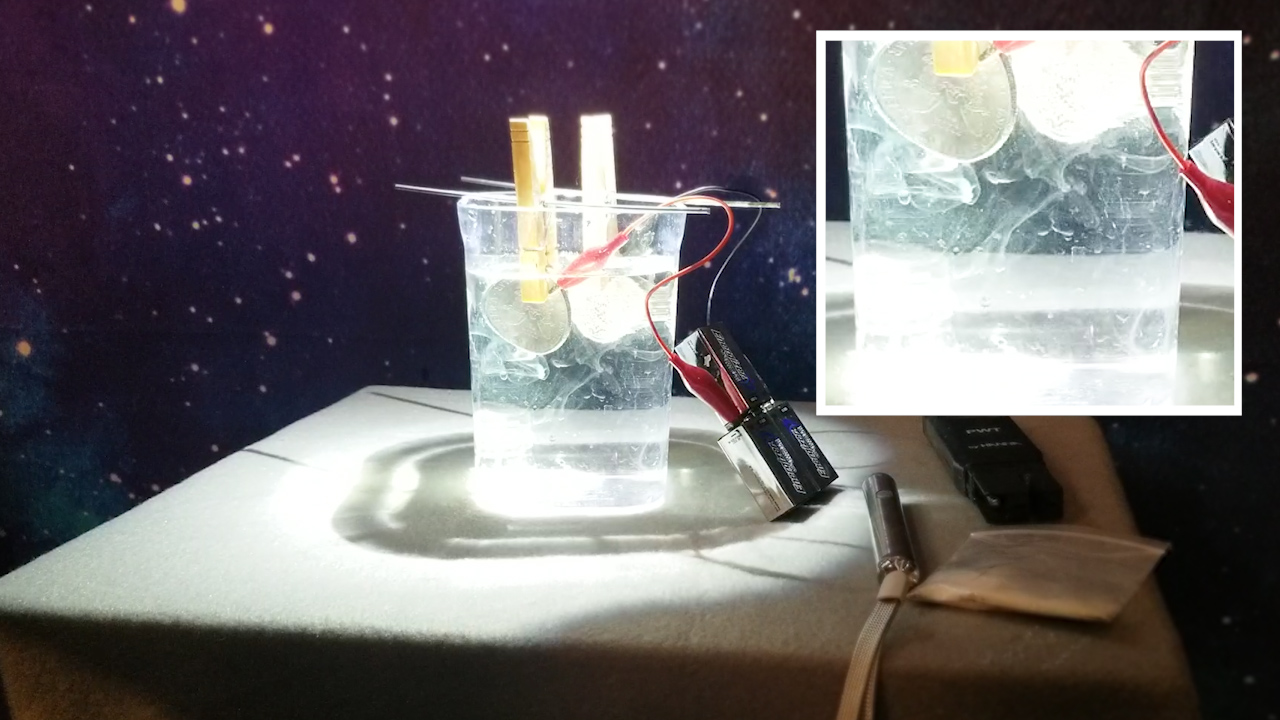Strange unprecedented vortex spotted around the sun’s north pole
02/08/2023 / By News Editors

A huge filament of solar plasma has broken off the sun’s surface and is circling its north pole like a vortex of powerful winds, but scientists have no clue what caused it.
(Article by Tereza Pultarova republished from Space.com)
“Talk about polar vortex! Material from a northern prominence just broke away from the main filament & is now circulating in a massive polar vortex around the north pole of our star,” space weather forecaster Tamitha Skov said on Twitter while sharing a video sequence taken by NASA’s Solar Dynamics Observatory showing the odd whirlwind. “Implications for understanding the sun’s atmospheric dynamics above 55° here cannot be overstated!”
Other solar physicists shared Skov’s excitement about the unusual phenomenon. But what exactly is it and why is it important?
Scott McIntosh, a solar physicist and deputy director at the National Center for Atmospheric Research in Boulder, Colorado, told Space.com that while he has never seen a vortex like this, something odd is happening at the sun’s 55 degree latitudes with clockwork regularity once every solar cycle, the 11-year period characterized by an ebb and flow in the generation of sunspots and eruptions.
The prominence mentioned by Skov, something that McIntosh describes as a “hedgerow in the solar plasma”, appears exactly at the 55 degree latitude around the sun’s polar crowns every 11 years. Scientists know that it has something to do with the reversal of the sun’s magnetic field that happens once every solar cycle, but they have no clue what drives it.
“Once every solar cycle, it forms at the 55 degree latitude and it starts to march up to the solar poles,” McIntosh told Space.com. “It’s very curious. There is a big ‘why’ question around it. Why does it only move toward the pole one time and then disappears and then comes back, magically, three or four years later in exactly the same region?”
Scientists have regularly observed filaments tear away from this pole-embracing plasma hedgerow, but they have yet to see it form such a polar whirlwind until now.
Scientists know that the sun’s polar regions play a key role in the generation of the star’s magnetic field, which, in turn, drives its 11-year cycle of activity. They couldn’t, however, observe that region directly.
“We can only observe the sun from the ecliptic plane [the plane in which planets orbit],” McIntosh said.
The European Space Agency Solar Orbiter mission may shed some light on this odd phenomenon in the coming years. The mission, which is taking images of the sun from within the orbit of Mercury, will have its orbit tilted by up to 33 degrees. McIntosh thinks that might not be enough to crack the mystery of the polar vortex. Scientists might need a completely new mission to do that.
Read more at: Space.com
Submit a correction >>
Tagged Under:
cosmic, discoveries, mystery, NASA, polar vortex, research, solar cycle, solar plasma, solar poles, Space, space tourism, sun, Unexplained, weird science
This article may contain statements that reflect the opinion of the author




















